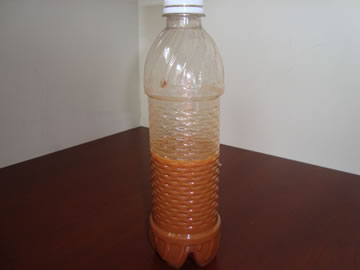

Skills: observing, predicting, sensory stimulation, experimenting, classifying, communicating
Materials: old socks, common classroom objects (crayon, block, counting bear, etc.)
Directions: Put a different object in the bottom of each sock. Children reach in the sock and try and identify the object by feeling it. *Number the socks and ask children to draw pictures or write sentences about what is in each sock.
Materials: plastic tub or shoe box, cardboard, pictures of objects (living & non-living; plants & animals; sink & float; healthy & junky foods)
Directions: Cut a cardboard divider and tape it in the middle of the box. Write a different label for each side. Children sort the pictures accordingly.

Materials: magnifying glass, natural or manmade objects
Directions: Children observe objects with the magnifying glass. Can they describe details they can’t see with the normal eye? *Give children paper and colored pencils to draw magnified observations.
Materials: magnet, objects that the magnet will repel and attract.
Directions: Children sort objects using the magnet. How are the objects that the magnet will attract alike?
Materials: field guide book of rocks, shells, leaves, etc. and objects
Directions: Children try to match real objects with those in the book.
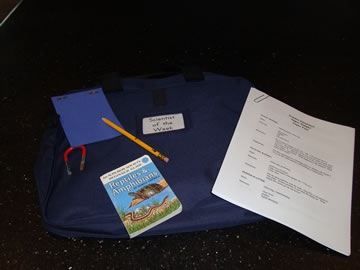
Materials: hand mirror, paper, pencil, pictures cut in half
Directions: Children write their names and then reflect them in the mirror. What happened? Children place mirror by half pictures to make the whole.
Materials: eye droppers, plastic cups, food coloring, paper towel
Directions: Prepare 3 cups with red, yellow, and blue food coloring mixed with water. Children take the eye dropper and mix colors on a paper towel.
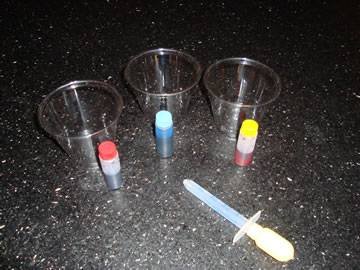
Materials: recycled water bottles, common objects (pins, dried beans, paper clips, rice, bells), old socks
Directions: Fill each bottle with a different object. Insert the bottles in the socks. Children shake the bottles and try to identify objects from the sound. Remove to verify prediction.
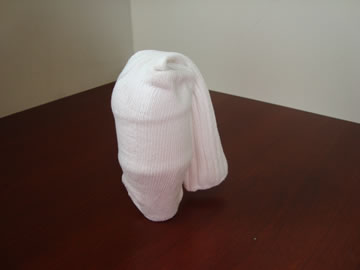
Materials: paper, crayons (remove paper), leaves, feathers, flat objects
Directions: Children place paper over the objects and rub with the side of a crayon.
Hint! Tape objects to the table.
Materials: old pennies, vinegar, salt, cups, lemon juice, soap, spoons
Directions: Put ½ cup vinegar and 1 TB. salt in one cup. Put lemon juice in the second cup. Put water and dish detergent in the third cup. Label the cups. Children select 3 pennies and predict which solution will make the pennies shiny. Drop pennies one at a time in the cups, stir with the spoon, and then record results.
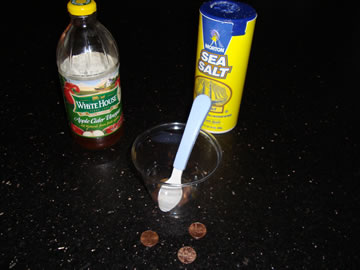
Materials: recycled water bottle, dish detergent, food coloring
Directions: Fill bottle 1/3 full with water. Add a drop of food coloring and dish detergent. Shake! Observe as bubbles pop.

Materials: recycled water bottles, dirt samples (sand, clay, potting soil)
Directions: Fill bottles ¼ full with dirt samples. Add water to 2/3 full. Children shake bottles and observe as the water settles.
*Go on a nature walk and select dirt samples from several different areas. Label. How are they alike? How are they different?
